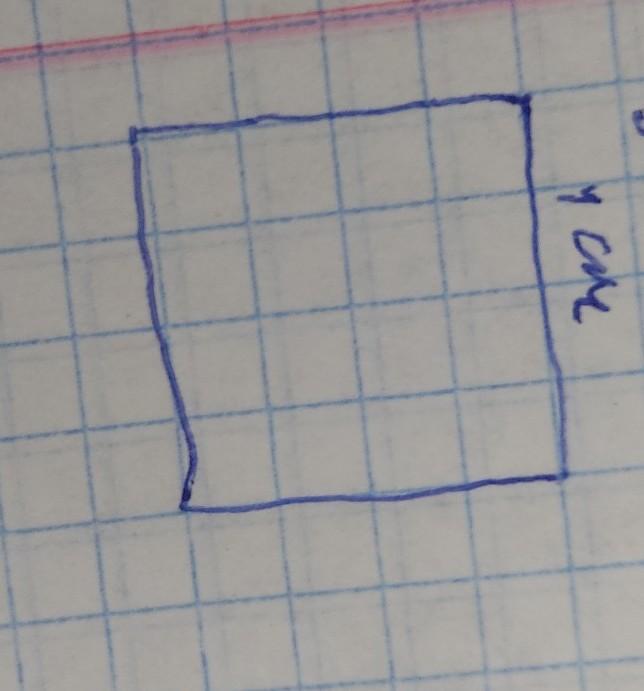Предмет: Математика,
автор: katyakazanina
помогите пожалуйста решить задачу
Приложения:

Ответы
Автор ответа:
0
Пошаговое объяснение:
Периметр=16 см (просто все стороны додай)
2)каждая клеточка 1 см. просто нарисуй в два раза больше прямоугольник.
Приложения:

Автор ответа:
0
Ответ:
1)16см
2)квадрат со стороной 4 см
Пошаговое объяснение:
1) Просто считаем полосочки, их тут 16, значит, периметр равен 16 см
2) 16 см это 4 * 4
По формуле периметра квадрата (Р=4а) вычисляем, что сторона будет 4 см
Значит, фигура с таким же периметром это квадрат со стороной 4 см
Похожие вопросы
Предмет: Українська мова,
автор: дядяпєтя3
Предмет: Технология,
автор: zifa657
Предмет: Українська мова,
автор: 1Vadimka
Предмет: Геометрия,
автор: Dick2004
Предмет: Английский язык,
автор: Gsjsvsnaisopqabxb